Dear users,
I am thrilled to introduce to you my advisor, Fenghuang Rig EA, along with comprehensive details about its trading capabilities and system components. Prepare to be amazed by its exquisite performance and remarkable features.
Fenghuang MT5
Fenghuang MT4
Real Signal: https://www.mql5.com/en/signals/2229672
1. The model is trained for each cluster, the cluster is selected based on the results of trading on the test.
2. Clusters are used to filter out bad trades. First, the sample is grouped into n clusters, then for each cluster the incorrectly predicted examples are counted and marked as bad. Because the average of the bad examples over several cross-training folds is used, the averages for each cluster are different.
3. After filtering out all bad trades, the clusters are memorized and discarded, using only profitable trades, only profitable trades are genenerated into our trading system.
We are interested in the possibility of clustering financial time series both from the point of view of defining market regimes, and from the point of view of matching and defining heterogeneous tritment effect. We begin by attempting to cluster market regimes.The following code performs meta-learning model training and subsequent training of the final model and meta-model based on the clustering results, which is based on the volatility of the financial data:

The training function of the final models is as follows:

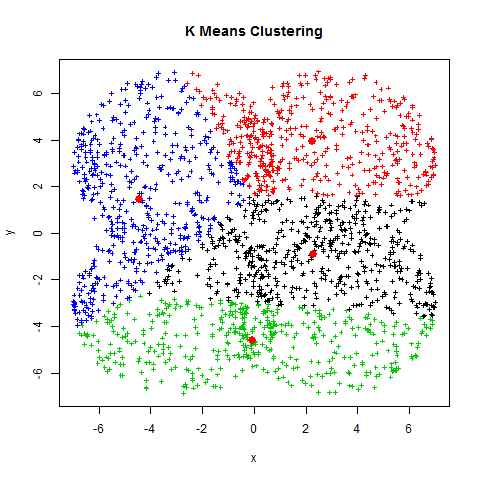
Real Signal: https://www.mql5.com/en/signals/2229672
Fenghuang MT5
Fenghuang MT4
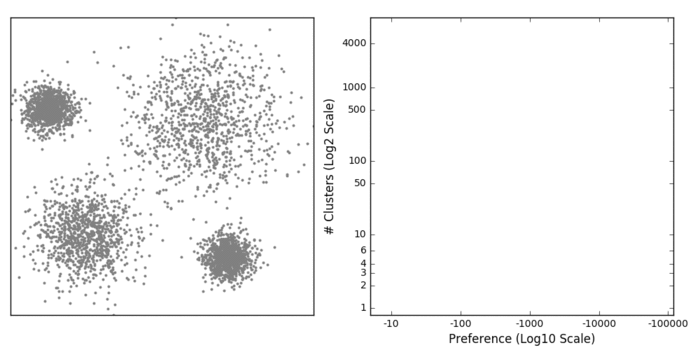
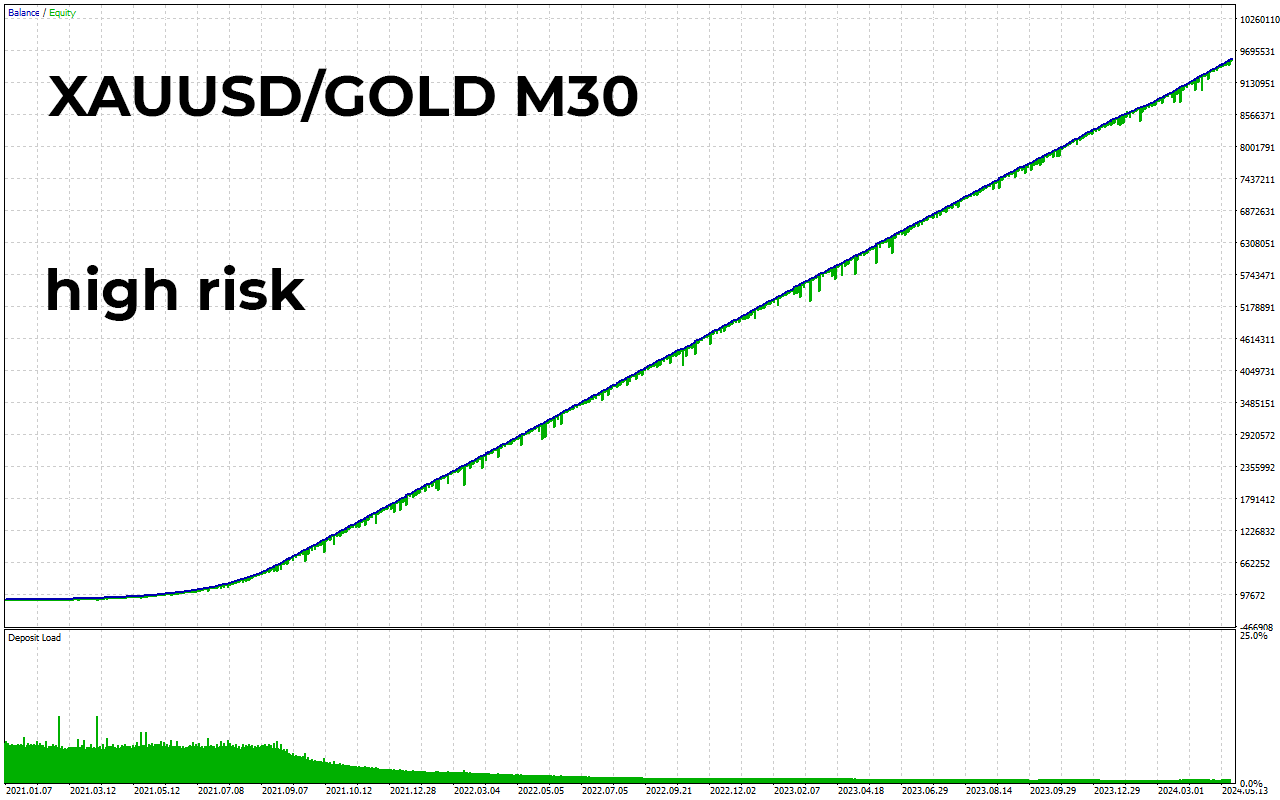
The Affinity Propagation algorithm is a data clustering method that does not require a predefined number of clusters. It automatically identifies cluster centers and assigns data points to clusters based on their similarities. This algorithm is particularly useful when the number of clusters is unknown or when data does not conform to traditional cluster shapes. Affinity Propagation stands out by taking input on similarities between pairs of data points and considering all data points as potential exemplars simultaneously. Interaction between data points is achieved through exchanging real-valued messages until a set of high-quality exemplars and corresponding clusters is determined. The algorithm requires two sets of input: similarities between data points and preferences of each data point to be an exemplar. Affinity Propagation can handle clusters of various shapes and sizes and finds applications in diverse fields such as image segmentation, customer segmentation, and gene expression analysis. Despite its computational demands, this algorithm remains a valuable tool for clustering data with complex relationships and nonlinear structures.
Real Signal: https://www.mql5.com/en/signals/2229672
Fenghuang MT5
Fenghuang MT4
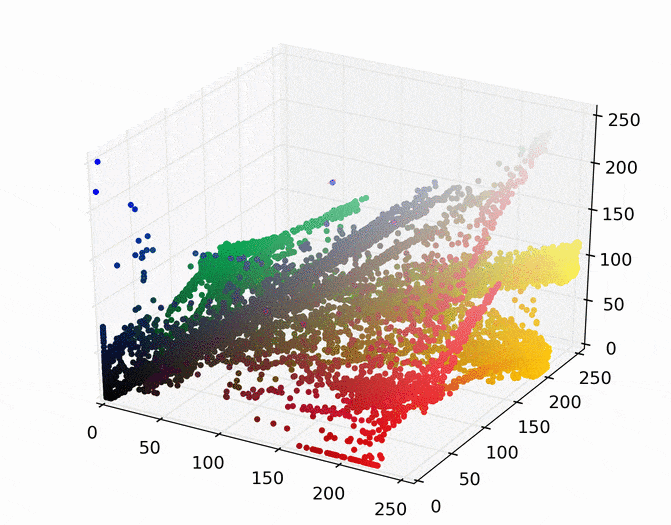
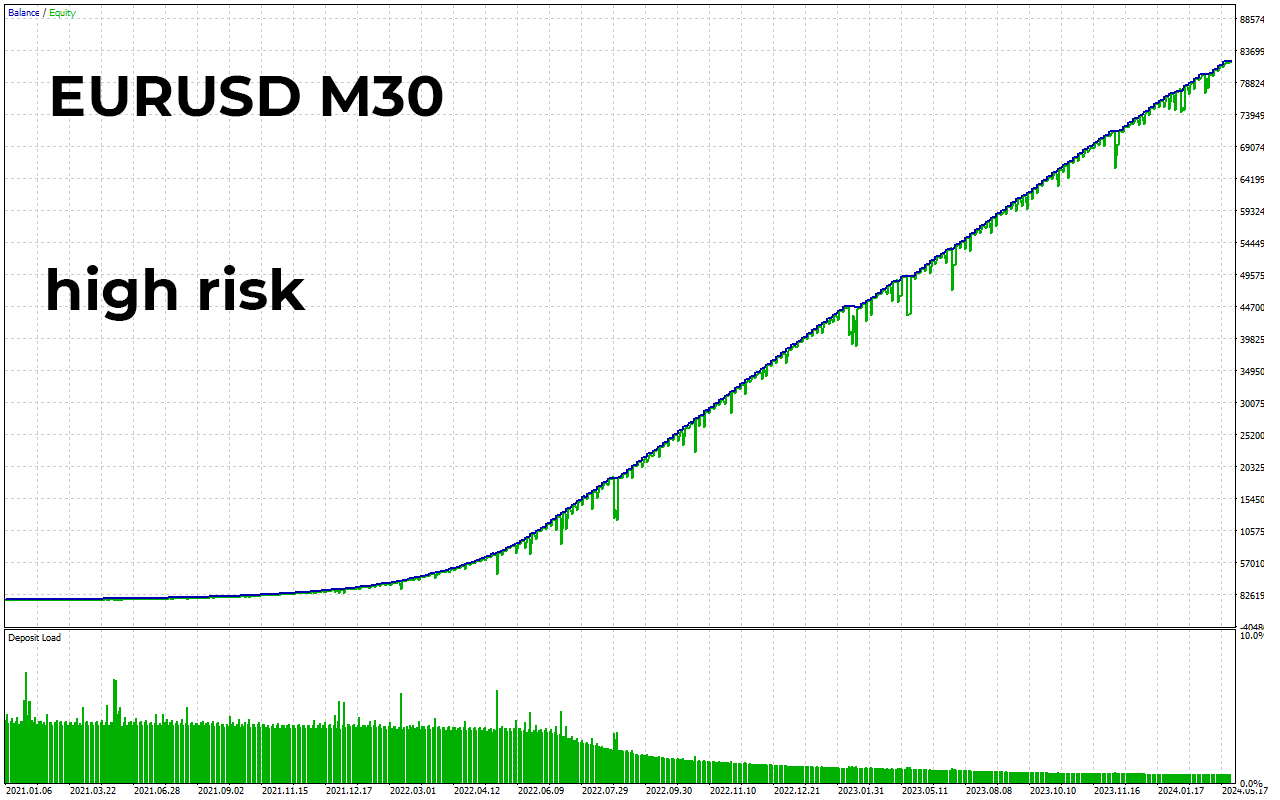
Mean Shift is a non-parametric clustering algorithm that does not require a predefined number of clusters. It iteratively adjusts data points’ positions to maximize local density, converging towards modes or peaks in the data distribution to form clusters of varying shapes and sizes. This algorithm is particularly suitable for datasets with unknown cluster characteristics and is adept at identifying clusters with complex structures. Mean Shift is widely used in various fields, including computer vision for image segmentation, object detection, and tracking. It is known for its ability to automatically determine the number of segments in an image during processing, making it a versatile and powerful tool in data analysis and image processing
Real Signal: https://www.mql5.com/en/signals/2229672
Fenghuang MT5
Fenghuang MT4
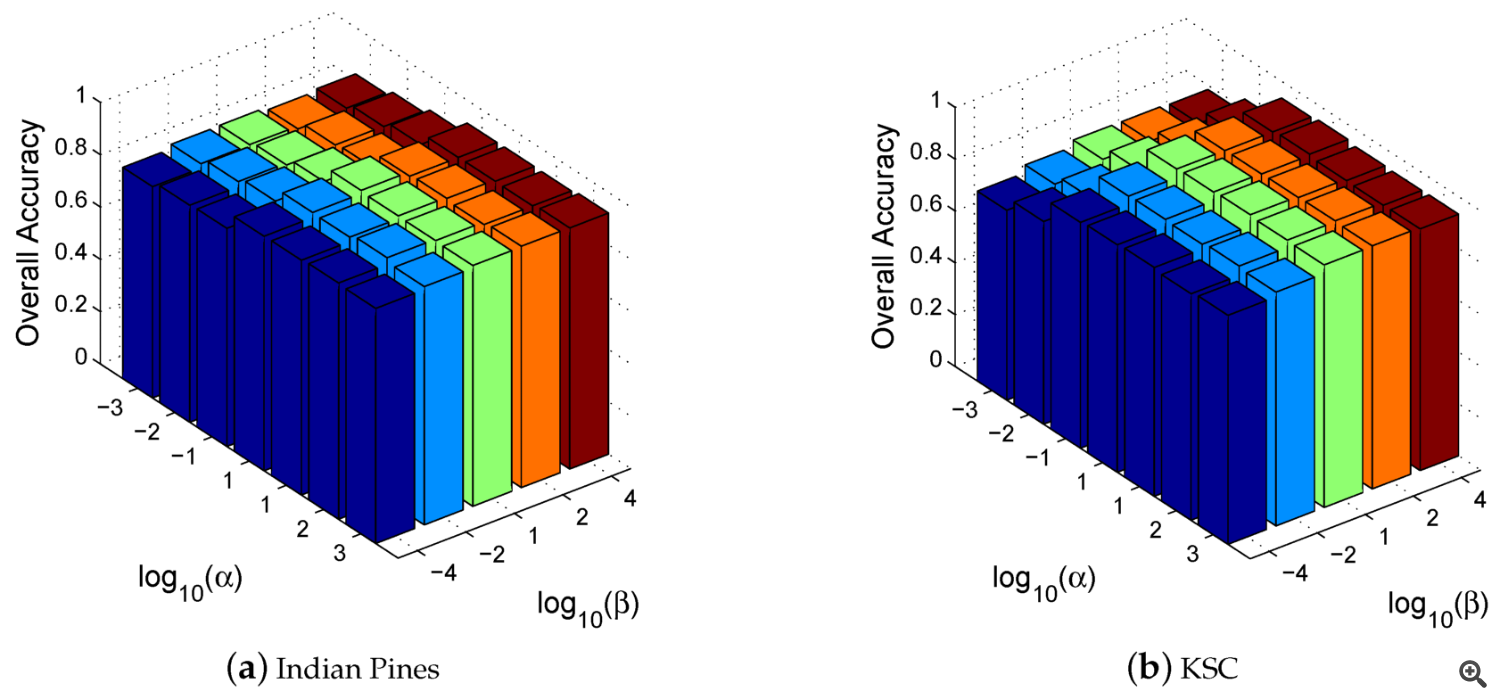
Spectral Clustering is a data clustering method that utilizes the eigenvectors of the similarity matrix to partition a dataset into clusters. The key idea is to use the eigenvectors of the Laplacian matrix of a graph to represent the data and identify clusters using algorithms like K-Means. Spectral Clustering can handle large datasets, work with nonlinearly separable data, and be robust to noise and outliers. However, it can be computationally intensive and requires proper parameter selection, such as the number of clusters and the similarity matrix. Spectral Clustering is a powerful technique for clustering data with complex structures and is commonly used in various fields for tasks like image segmentation, community detection in social networks, and dimensionality reduction.
Real Signal/////
Fenghuang MT5
Fenghuang MT4
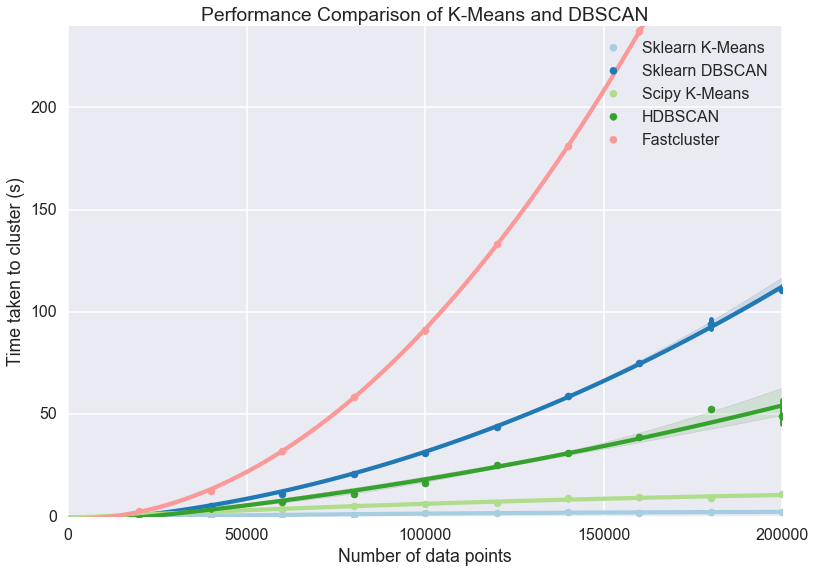
HDBSCAN (Hierarchical Density-Based Spatial Clustering of Applications with Noise) is a clustering algorithm that extends DBSCAN by converting it into a hierarchical clustering algorithm. It is designed to handle noisy data and identify clusters of varying densities. HDBSCAN works by building a hierarchical tree of clusters, where each cluster is represented by a density peak. The algorithm then extracts a flat clustering from this tree based on the stability of the clusters. This approach allows HDBSCAN to handle clusters of different shapes, sizes, and densities, making it a powerful tool for data analysis.
Real Signal: https: https://www.mql5.com/en/signals/2229672
Fenghuang MT5
Fenghuang MT4
Conclusion. I tested different algorithms for clustering market modes by volatility. After choosing the best one, I integrated it into the Fenghuang Rig Expert Advisor and I got a good trading model. Trade with me.
https://www.mql5.com/en/blogs/post/757638″>
#Fenghuang
